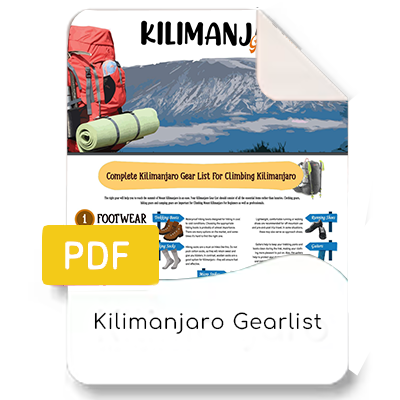Reaching New Heights
Kilimanjaro Success Rate
On an average, Kilimanjaro Success Rate for summit is 66%. This is the data collected from over 30,000 climbers who attempt to summit the Mountain every year. For Climbing Mount Kilimanjaro, there are six routes offering various Kilimanjaro Routes Success Rates.
The Kilimanjaro Climb Success Rate only depends upon the suitability and acclimatization profile of routes, but also upon the experience, physical and mental fitness, high quality gears and the right guidance from experienced guides.
Why does the Kilimanjaro Success Rate differ for various Kilimanjaro Routes?:
Explore why different Kilimanjaro routes have varying success rates.
The two most important factors affecting the Kilimanjaro Success Rate are:
 The amount of time spent on the mountain (rate of ascent): The duration of the climb affects the acclimatisation, and directly affects your Kilimanjaro success rate. For a climb of 7 Days, there is a lower chance of reaching the summit while if you add an extra day for acclimatisation, the chances are you will be definitely watching the sunrise from the top of the Uhuru Peak.
The amount of time spent on the mountain (rate of ascent): The duration of the climb affects the acclimatisation, and directly affects your Kilimanjaro success rate. For a climb of 7 Days, there is a lower chance of reaching the summit while if you add an extra day for acclimatisation, the chances are you will be definitely watching the sunrise from the top of the Uhuru Peak. Your Body's ability to acclimatize: Much of the acclimatization rate is physiological. It depends on the considerable genetic variation in people's adaptation ability to acclimatize.
Your Body's ability to acclimatize: Much of the acclimatization rate is physiological. It depends on the considerable genetic variation in people's adaptation ability to acclimatize.
What Decides Your Kilimanjaro Success Rate Is Your Determination to Succeed Along With the Right Guidance of the Right Tour Operator .
Which Kilimanjaro Route Has The Highest Success Rate?:
Find out which Kilimanjaro route boasts the highest success rates.
Northern Circuit Route has the highest Kilimanjaro Success Rate which is 95% and approaches from south of Kilimanjaro. It is the newest and longest route which offers the most spectacular view of overall 360 degree scenery of Mount Kilimanjaro. Climbing Mount Kilimanjaro on this route takes 8 to 9 days for the summit.
Factors influencing Kilimanjaro Success Rate:
Key factors that directly impact your success rate on Kilimanjaro.

01Are you being accompanied by Expert consultants? :
On Mount Kilimanjaro you need some of the best advices to cross all hurdles successfully. Where do you expect to get this from? Of course from our Kilimanjaro Experts who have climbed the mountain more than 200 times and have accompanied numerous group tours up the summit. This is also beneficial in enhancing your summit success rate on the mountain.
02Are you giving time for Acclimatization on the summit? :
The best thing to do on the mountain is to acclimatise well, to achieve the highest success rate. We at Jerry Tanzania Tours advice you to take a day or two to acclimatise well. Your body needs ample amount of time to adjust to the physical changes occurring in the immediate environment. This is essential on the mountain as you will be experiencing almost 5 climatic zones on the mountain.
03Are you being provided with the right food, gear and Shelter?:
What you need to make sure before Kilimanjaro Climbing is if you are carrying the right gear for the hike. The Kilimanjaro Food you eat, the tents on the mountain you spend your nights at are immensely essential to achieve maximum Kilimanjaro success rate.
04Are you physically and mentally prepared to reach the peak?:
Apart from this you need the best mental and physical preparedness to reach the peak. Why so? This is because even though you are extremely fit to climb the mountain but are doubtful or have thoughts of possibilities of not being able to reach the summit, then there are high chances you will return half way from the mountain.
Understanding Kilimanjaro Success Rate through recent studies:
Gain insights from recent studies on Kilimanjaro's varying success rates.
As per a research conducted by Wilderness and Environmental Medicine, on "Determinants of summiting success and Acute Mountain Sickness on Mt. Kilimanjaro (5895m)", the average Kilimanjaro Success rate on the mountain is 61% while over 77% of the climbers developed Acute Mountain Sickness (AMS).
 Apart from this the research also showed that the trekkers who used acetazolamide were less likely to develop AMS and are more likely to summit compared to those who do not take acetazolamide.
Apart from this the research also showed that the trekkers who used acetazolamide were less likely to develop AMS and are more likely to summit compared to those who do not take acetazolamide. In case of climbers who took an extra day to acclimatise, along with the use of acetazolamide, had a higher chance of avoiding symptoms of AMS compared to those without who didn't take a day to acclimatise.
In case of climbers who took an extra day to acclimatise, along with the use of acetazolamide, had a higher chance of avoiding symptoms of AMS compared to those without who didn't take a day to acclimatise.
Get your free
Cost guide!
Download your Kilimanjaro Climb Cost PDF and start planning your adventure today!
Your Kilimanjaro Budget Planner
1Cost Breakdown
Understand the detailed costs involved in climbing Kilimanjaro from park fees to gear rental.
2Value Insights
Discover why investing in a well-planned climb enhances your chances of reaching the summit successfully.
Kilimanjaro Success Rate FAQ's
Reach the peak! Kilimanjaro success rates are explained in FAQs.
People climb the Kilimanjaro Mountain through several routes but if we take a glance over the Kilimanjaro Success Rateof reaching the summit the Northern Circuit Routeencounters the highest success rate of over 95%. Due to its longest path which takes 9 days to cover with a greater comfort level leading to a better success rate
Considering all the difficulty factors, Kilimanjaro Success Rateis around 65% taking an average of the success rate offered by all the seven routes on the mountain.
After the Northern circuit, The Lemosho Route has a great Kilimanjaro success rate in ClimbingKilimanjaro. It encounters a 90% success rate when camped for 8 days and almost 85% when the trip is for 7 days with all Kilimanjaro Safety.
As success rate is proportional to the days you spent in KilimanjaroClimbing, the Rongai Route summit success rate counts to be 80% for a 7 days trek and similarly 65% for a 6 days climb.
The MaranguRoute Success Rateis almost 80% as it is the oldest route to the mountain and offers beautiful hut accommodations on the mountain.
Jeremiah Online
 Located In Tanzania
Located In Tanzania
What To Plan A Kilimanjaro Adventure?
Contact Us. We are always here to help you

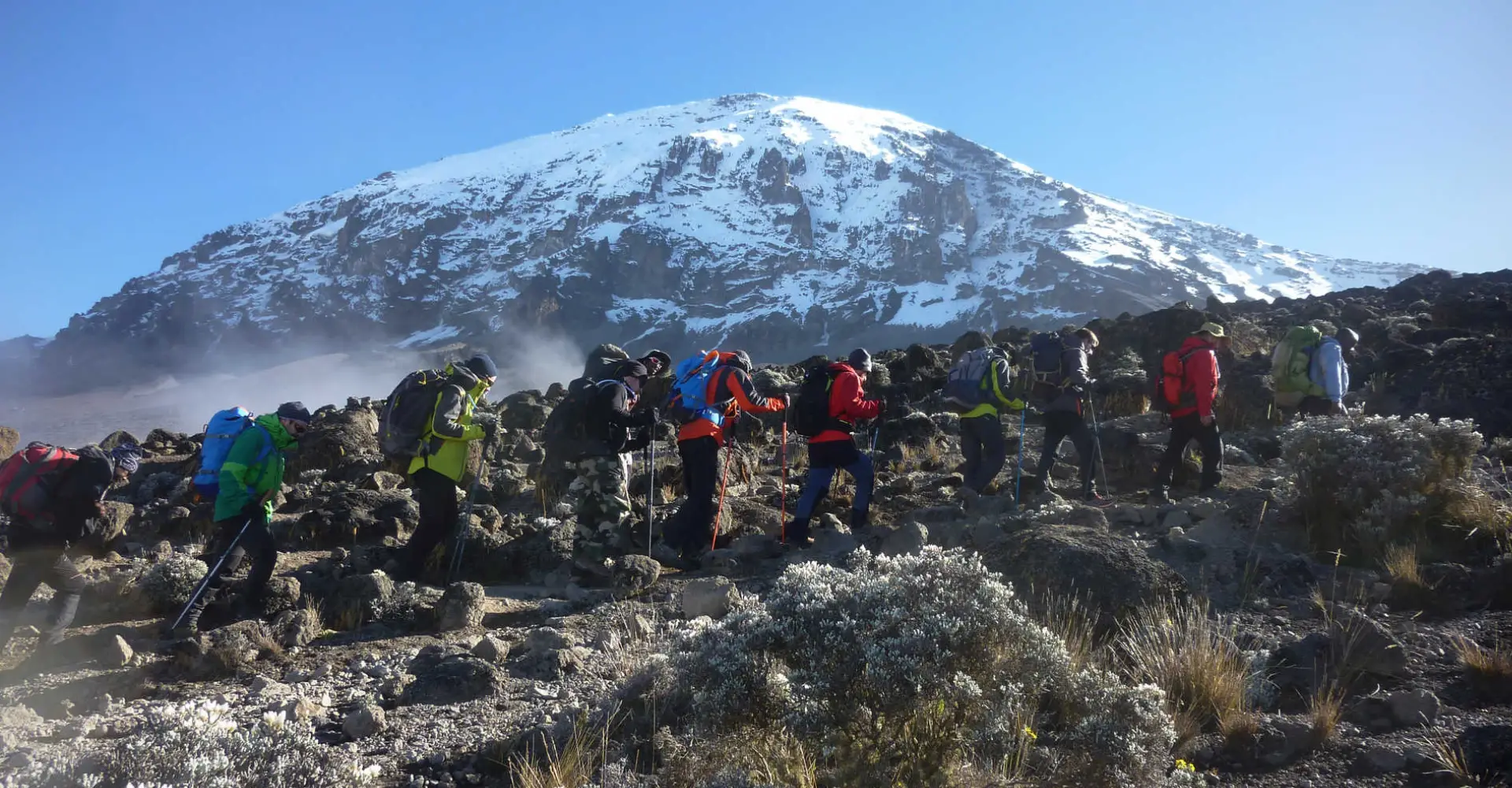

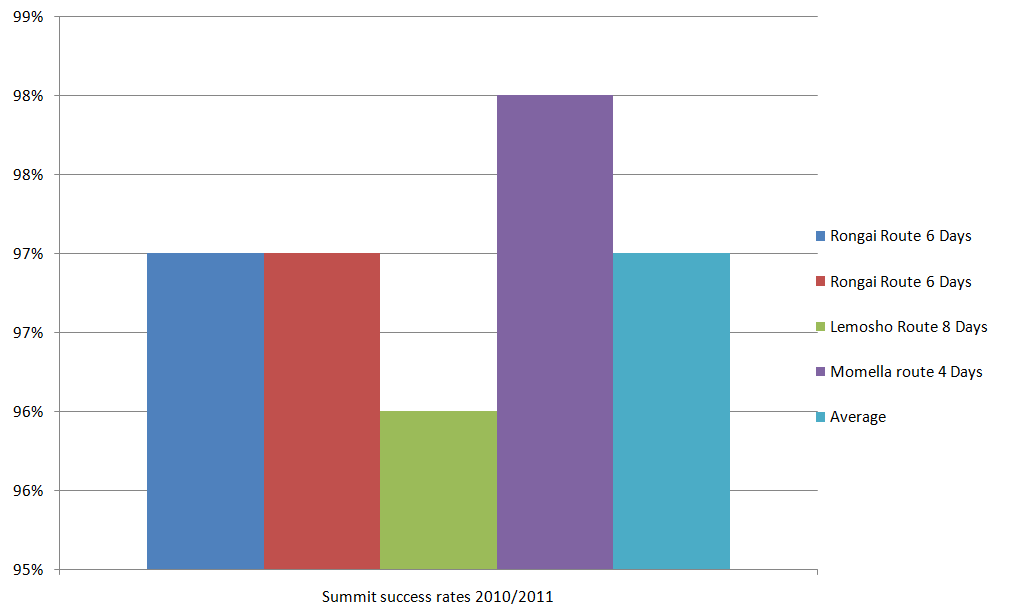


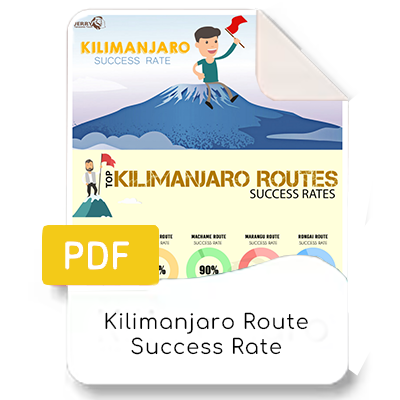

 Whatsapp
Whatsapp Chat Online
Chat Online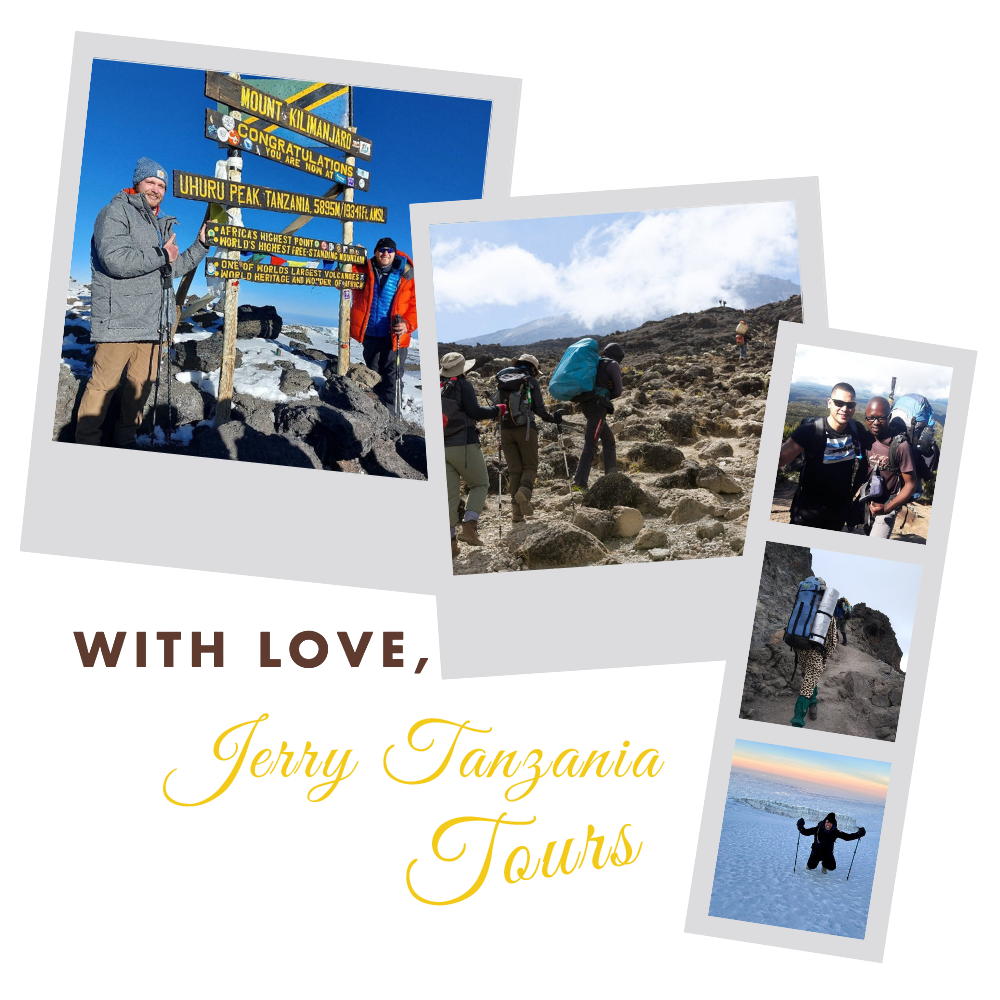

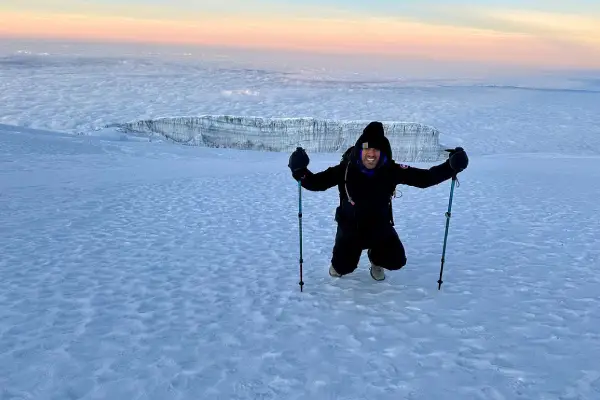




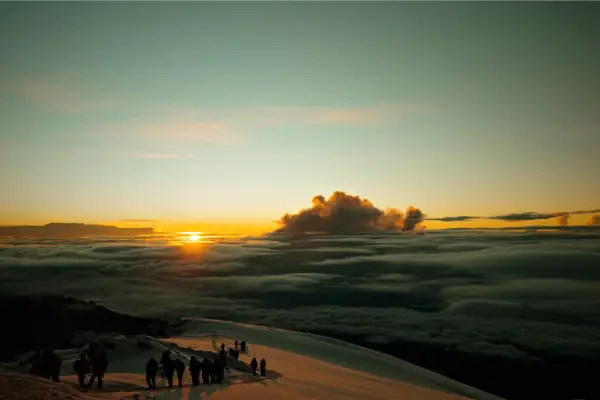
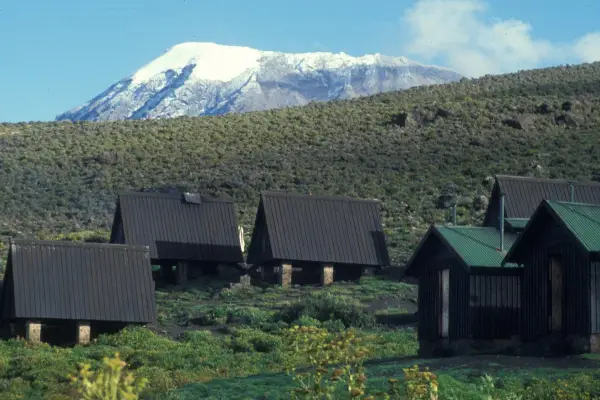
 Subscribe On Youtube
Subscribe On Youtube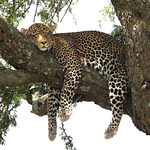
 1 Year ago
1 Year ago







